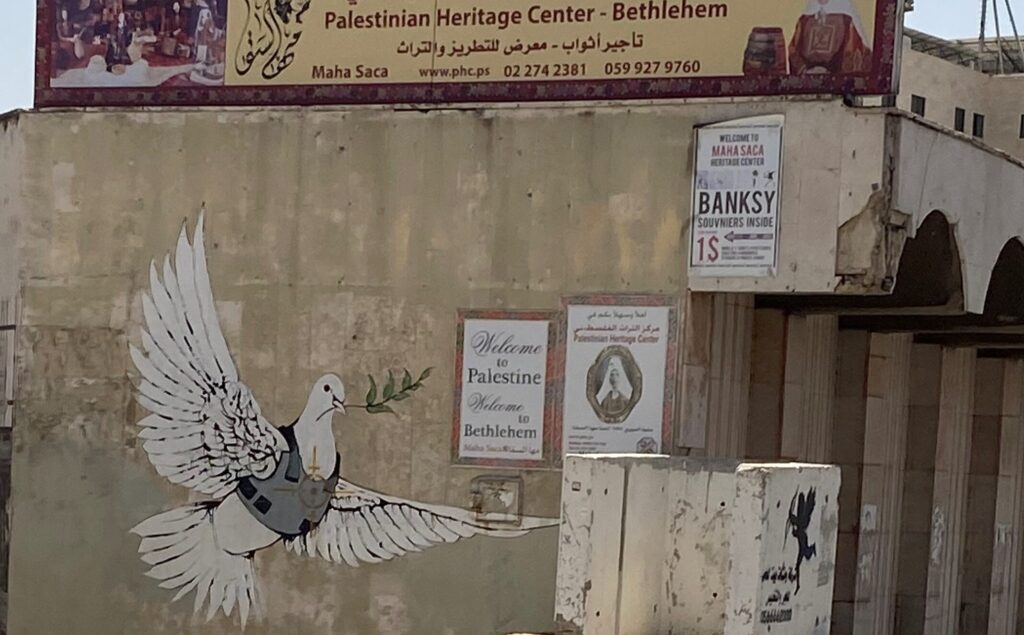O Little Town of Bethlehem, how still we see thee lie…
The images of a sleepy town with dome-silhouetted skyline, conjured up by this well-loved Christmas carol, were quickly shattered on a trip I made to the Holy Lands in July 2023. Today, Bethlehem has sprawling suburbs on the fields where shepherds watched their flocks, and is surrounded by the West Bank Barrier, separating Palestine from Israel. Since the 7th October attacks by Hamas on Israel, the border crossing has been closed, leaving Bethlehem isolated and it’s inhabitants unable to trade or travel to jobs on the other side of the wall.
My second surprise was at the Church of the Nativity. Located on the spot believed to be the birthplace of Jesus Christ, we were led underneath the church into a cave. Not even a hint of a wooden stable! It became obvious, now that I was standing on limestone bedrock, in a hot country with few trees, that houses were built of stone and not wood, and you might use a handy cave as a basement under the house to protect your livestock from wolves overnight. As I re-read Luke 2, I discovered it makes no mention of a stable, just that Mary, ‘wrapped him in cloths and placed him in a manger, because there was no guest room available for them.’ (Luke 2:7b NIV). Another nativity myth exploded!
Obviously 2023 years have passed, and landscapes and cultures have changed. I did, however, get my Bible lands experience at Nazareth Village, an open-air museum that reconstructs and reenacts village life in the Galilee at the time of Jesus. We met Daniel, the potter, making oil lamps, reminding us that we are the clay and God is the potter (Isaiah 64:8). Hannah was busy making yarn out of fleece and Joseph was using his tools in his carpentry workshop. As we walked through living representations of Jesus’ parables, within their original context, suddenly so many of the stories made sense. Now, I have a new set of images in my head when I read the parable of the tenants, as I have seen a first century wine press in the rock, and reconstructed watchtower overlooking a vineyard. I can imagine how Jesus used the familiar scenes that he grew up with, to illustrate what God was doing in the Kingdom of God.
I have to admit, I was in children and family ministry heaven! I love dramatising a Bible story and have for many years been involved with ‘The Christmas Journey’, an interactive presentation aimed at year 2 students (7-year-olds). In our area, the local churches work together to host multiple presentations, sharing equipment and volunteers, and welcoming over 1000 students with their teachers and parent/carer helpers to participate. Sometimes, after-school or weekend sessions allow uniformed organisations or Messy Church families to attend. Visitors are led through four scenes of the Nativity, sandwiched between two Godly play stories, putting the arrival of Jesus into the bigger narrative of the Bible. The first Godly play story reminds us that God created this amazing present, planet Earth, but humans have messed things up and looked after it. The students are then sent out to discover what God was going to do to save the situation. After they have met Mary in her kitchen with Angel Gabriel; dressed up as shepherds on the hillside; visited the stable with its puppet animals; and spent time with a travelling wise person on their way to worship the baby King, the final Godly play story explains how, as Jesus grows up, his teachings, way of being, death and resurrection, are all part of God’s plan to restore the world.
To tell this concluding story, I use figures from the Holy Family Godly play set, which are beautifully crafted out of olive wood, by Bethlehem Fair Trade Artisans (BFTA). During my time in Bethlehem, we spent a day visiting workshops and met Hanikhair and his colleague, who were busy carving the Godly play sets. We learnt about the importance of the olive tree in Palestinian culture, and how this is a sustainable source of wood: the olive trees need pruning, so that the trees produce better olives that are within reach of picking; the branches are dried and used by artisans to make a range of Christmas decorations, wooden hearts and nativity sets; any scraps are used for firewood and even the wood shavings are collected and used for animal bedding. Nothing is wasted.
We also learnt about the difficulty in selling the products outside of Palestine, the restrictions incurred by Palestinian Christians and how by working together as Bethlehem Fair Trade Artisans, this non-profit NGO have been able to spread the message of fair trade in Palestine, enabling links to form between Palestinian producers and global fair-trade markets. Back in July we witnessed how this collective has created more opportunities for the most marginalised producers such as Nadal, whose wooden heart carving enterprise employs five others, creating sustainable livelihoods that supports five families. I took the opportunity to stock up on Christmas gifts.
However, as I now prepare to give my gifts, my heart is heavy knowing how the Israeli war on Gaza is affecting this community. With the border to Israel now closed, Christmas orders must travel through Jordan, increasing the cost of postage three-fold, creating uncertainty that orders will be upheld. Whilst we prepare to sing carols about Bethlehem’s deep and dreamless sleep, the reality this Advent is that there is anger on the streets at the injustice, as people grieve lost trade and job opportunities, endure increased restrictions on their movements and mourn the loss of life of loved ones. Our broken, hurting world needs to hear afresh the story of ‘good news that will cause great joy for all people’ (Luke 2:10)… our hopes and fears of all the years are met in thee tonight.
As we approach Advent, I wonder..?
What images and expectations do we have for this festive period?
How can we bring to life this story of ‘good news that will cause great joy for all the people’ (Luke 2:10), in ways that are appropriate for our context?
How can we make our Christmas sustainable and support those who are marginalised?
Aike Kennett-Brown
BRF ministries Messy Church Ministry Lead
You may also like
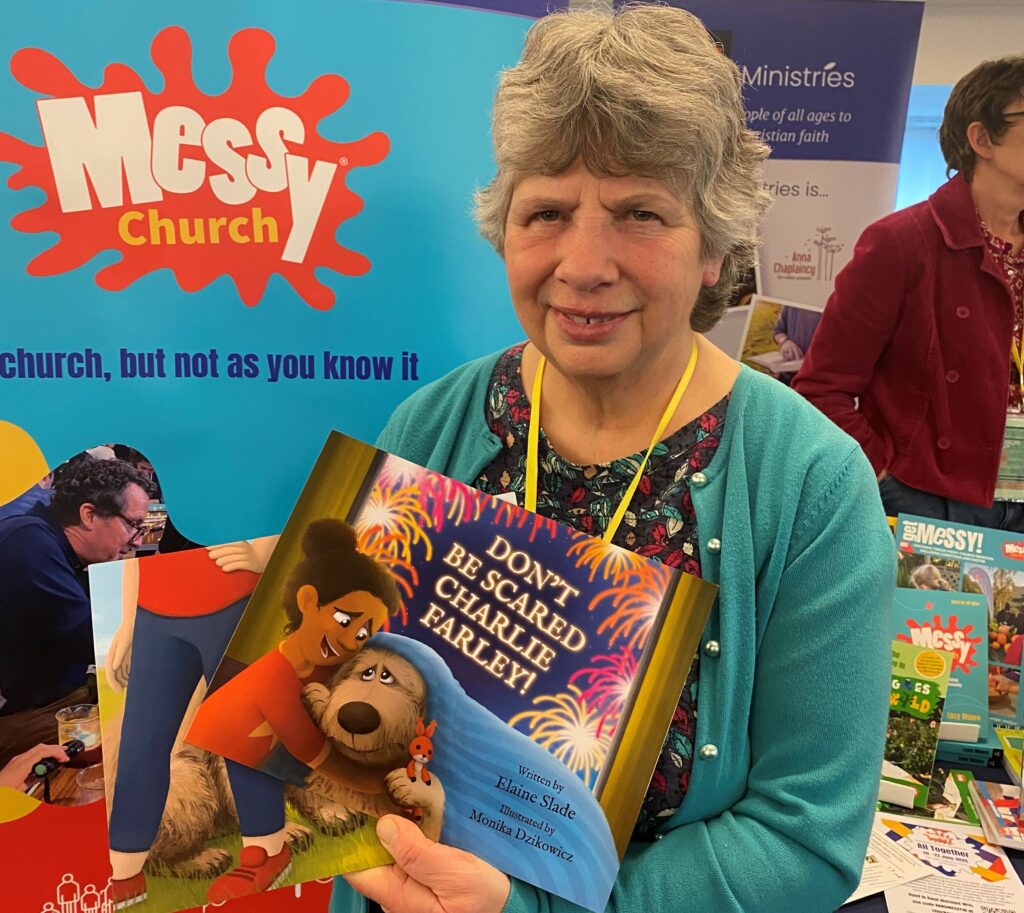
Reading Together
25th Feb 2025At Messy Church, we’re always looking for ways for different generations to interact. Reading together is one approach. Providing a quiet book corner alongside the hustle and bustle of a busy Messy Church might give a parent/carer the opportunity for some quality 1:1 time as they read with their young child. It also allows the introverts and those with a studious spiritual style, to pick up a Bible and read about the theme of the day.
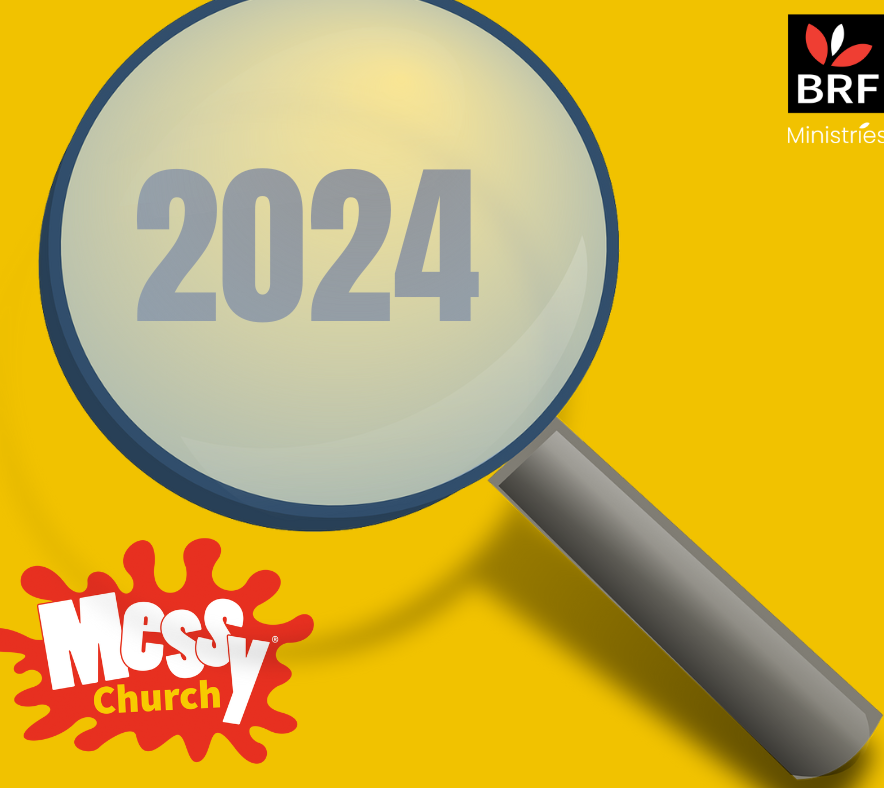
Where was God at work in Messy Church in 2024?
21st Jan 2025At the end of every Messy Church, I always like to ask the team: What went well? Even better if? Where is God at work? How...
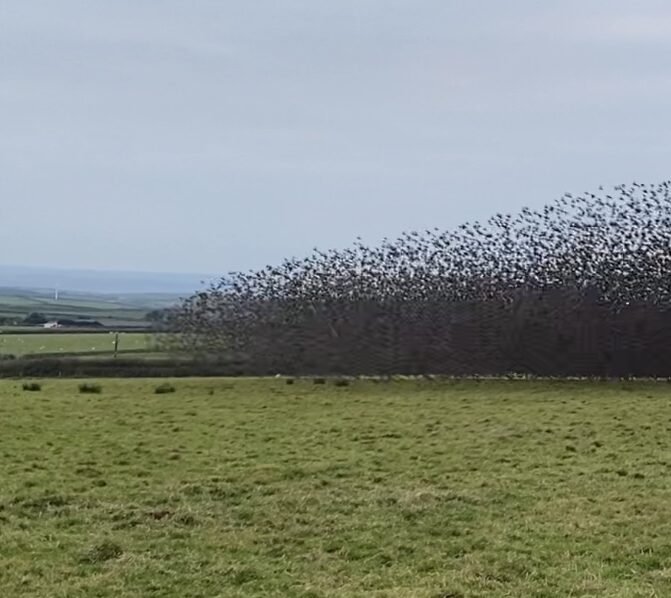
Murmuration of the Spirit!
2nd Jan 2025Whilst driving down a country lane in Devon, I was suddenly aware of thousands of birds flying overhead. We followed the flock and pulled over as the starlings settled in a field of sheep, both parties seemingly unaware of each other. I felt like I’d stumbled into a David Attenborough ‘Wild Isles’ episode and stood excitedly, wondering what would happen next.
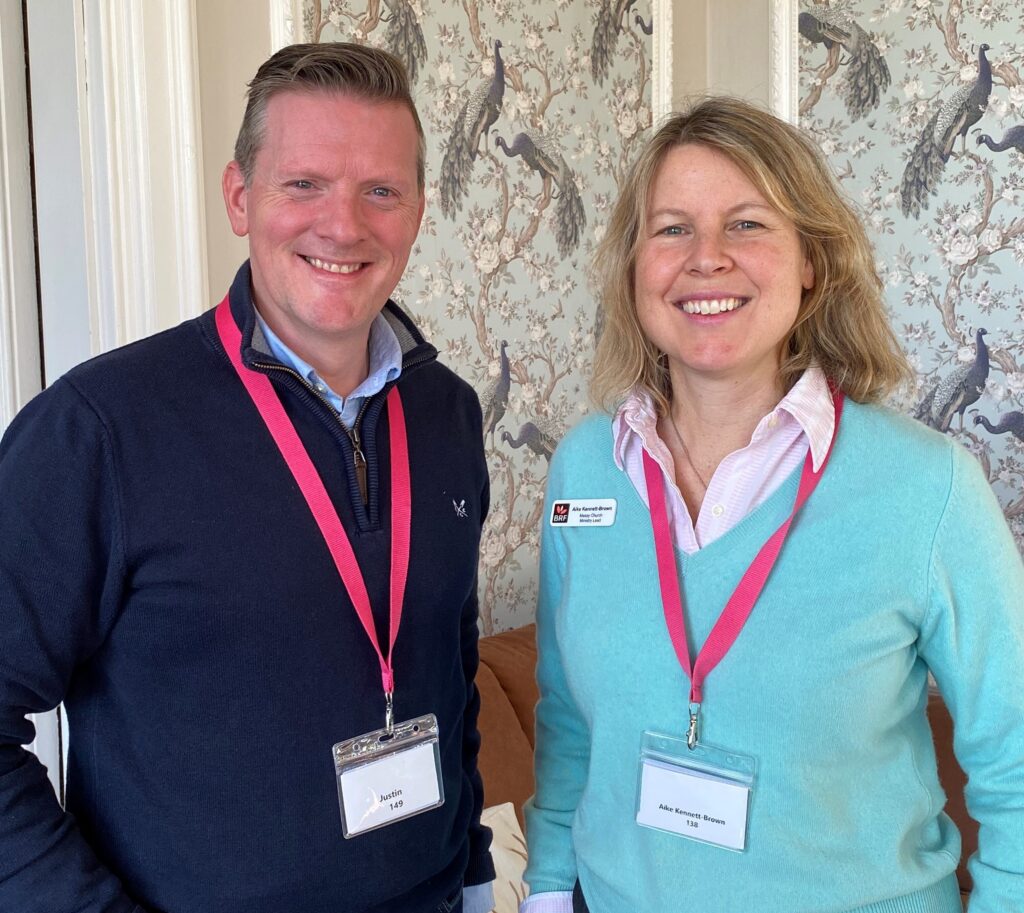
Creating Safe Spaces
25th Nov 2024As our media fills up with stories of abuse and coverups within religious organisations, it was very timely that children and family ministry denominational leaders met to discuss ‘Safeguarding’ at the Children’s Ministry Network Conference November gathering at High Leigh Conference centre.
